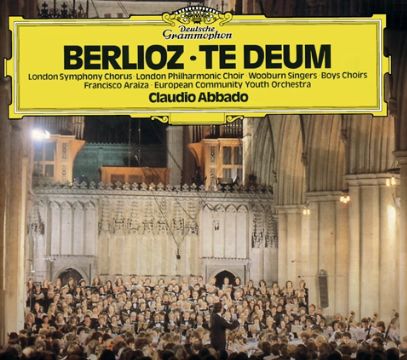Today’s hymn from Sing Praise is no. 169 “We need each other’s voice to sing” by Thomas Troeger. It’s a traditional style of hymn, though a modern one, and its theme is that in the Church every member needs every other member, a theme common in St Paul’s writings.
The first verse calls us to “set the whole world echoing with one great hymn of praise” and the chorus contains alleluias and refers to the “church’s common chord”. That makes it appropriate to sing approaching the start of Lent this week, because in some Church traditions the word Alleluia is not used at all during this season, as being too joyful for a penitential time.
But the hymn isn’t really or only about musical ability (which is good, because mine is modest). The second verse speaks of having the strength to bear each other’s crosses (a common Christian metaphor for any kind of burden in life) with “acts of love and tender speech”, and honouring the presence of another person as “a gift of God’s incarnate care”. That’s a reminder that in Jesus we no longer live for ourselves but for other people in his name.
The third verse acknowledges differences of opinion in the Church: “we need each other’s views to see the limits of the mind / that God in fact turns out to be far more than we’ve defined”. This is a very important truth: any religious group that claims to know the whole truth about God or to understand God’s requirements without a doubt, is narrow minded and needs to learn from others. There’s a well known parable (not from the Bible, possibly from Buddhist tradition) of several blind people coming across an elephant, each feeling a different part of it (trunk, tail, legs, ears) and arguing that the others can’t have encountered the true elephant at all. If that’s true of a single creature, how much more true of God!
The final verse summarises the first three – we need each other’s voice, strength and views – and then compares our lives to “coals placed side by side to feed each other’s flame”. It’s true that without joining with other Christians in prayer and praise, it’s easy for the fire of enthusiasm for Christ to grow dim or even die out altogether, something that’s a real risk in these Covid times when we can only join in worship remotely on a screen, if at all. So this is perhaps a hymn to keep for use when we can all be back together in church again. Let’s hear that chorus again: “We give our alleluias to the Church’s common chord: Alleluia! Alleluia! Praise, O Praise, O Praise the Lord!”
